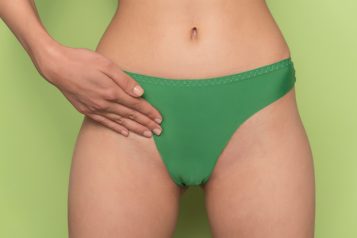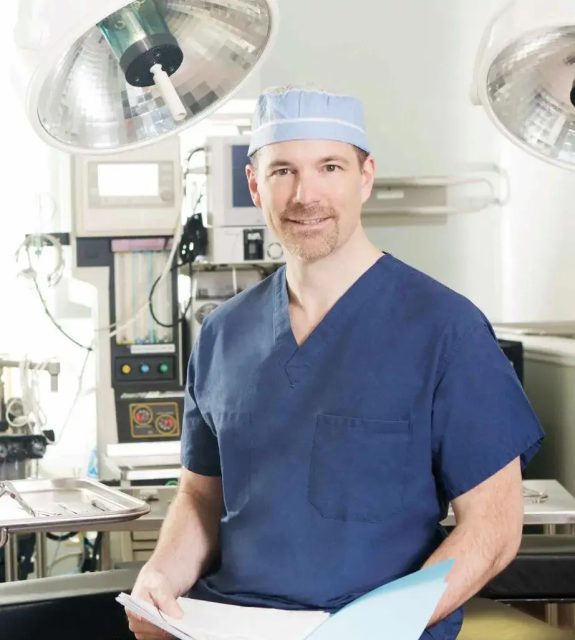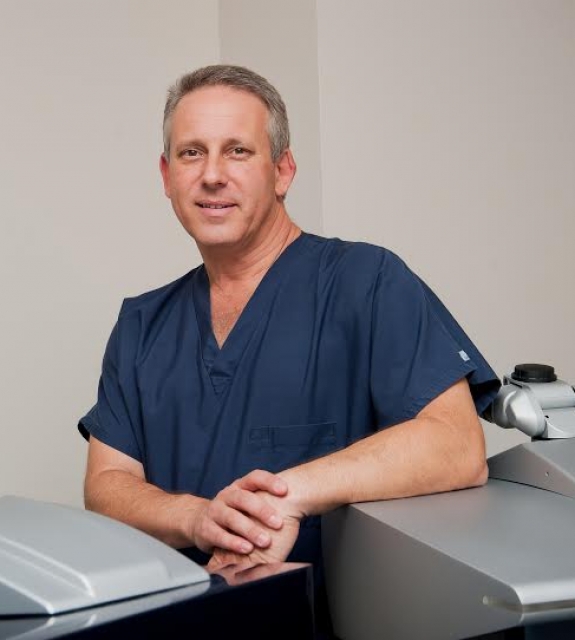Dr. Sachin M. Shridharani is a Harvard-educated, Johns Hopkins trained, a renowned, board-certified plastic surgeon based on Manhattan’s famed Fifth Avenue and the founder of LUXURGERY - The confluence of luxury and aesthetic surgery. Furthermore, he is an Associate Clinical Professor of Plastic Surgery at Washington University – St. Louis School of Medicine. His commitment to excellence has earned him several global accolades. Dr. S has authored over 200 publications and abstracts and is recognized as an international authority on aesthetic plastic surgery. Dr. Shridharani serves as an international Global Thought Leader and has lectured on nearly every continent. He serves as a Principal Investigator for clinical trials. Dr. Shridharani is frequently featured in national media outlets including The New York Times, New York Post, Cosmopolitan Magazine, Harper’s Bazaar, NBC, FOX, and ABC. Dr. S serves as the cosmetic surgery expert and Brand Ambassador for Haute Living Magazine.
Haute Beauty expert Dr. Sachin Shridharani discusses the numerous ways Botox is used for a wide range of medical and aesthetic purposes.
 Photo Credit: ShutterstockHaute Beauty: What is Botox?
Photo Credit: ShutterstockHaute Beauty: What is Botox?
BOTOX®, otherwise known as onabotulinumtoxinA, is a popular brand of neuromodulator and a popular layman’s term used in reference to neuromodulator injections. In reality, there are other brands of neuromodulators available on the market with similar effects to Botox including Dysport, Jeuveau, and Xeomin. These neuromodulators are classified as neurotoxins produced by Clostridium botulinum and work to effectively eliminate or prevent wrinkles by strategically blocking certain nerves and weakening specific muscles responsible for creating the wrinkles. By reducing the contractions of certain facial muscles, produces a noticeable smoothing of wrinkles depending on where the product is injected.
HB: How does Botox work for excessive sweating?
BOTOX® is currently the only neuromodulator that is FDA-approved to treat hyperhidrosis, or excessive sweating, using a similar mechanism of action to when it is used to reduce wrinkles and lines. BOTOX reduces the excessive production of sweat by inhibiting the release of certain neurotransmitters at the nerve endings responsible for activating our body’s sweat glands.
HB: How does Botox work for migraines?
BOTOX ® treatments have also been FDA-approved to treat migraine pains by blocking the nerve pathways responsible for sending pain signals to the brain, thereby reducing the pain that is felt by the patient.
HB: When can people start receiving BOTOX ®?
Currently, neuromodulator treatments have been approved for usage with adults 18 years and older. It's a common misconception that only older individuals receive neuromodulator injections. In reality, age is a superficial determinant of when an individual should begin treatments because of the numerous variables (i.e. genetics, environmental free radicals) that can dramatically influence the rate at which an individual ages. Depending on the patient’s anatomy and procedural goals, individuals interested in receiving neuromodulator treatments should consult with their provider to determine if it is an appropriate treatment for their unique needs.
 Photo Credit: ShutterstockHB: What else can Botox treat?
Photo Credit: ShutterstockHB: What else can Botox treat?
In recent years, neuromodulators have been used for a variety of other medical and aesthetic purposes including:
i. Acne Treatment/Excessive Oil Production – When injected into areas of skin prone to acne due to excessive oil production, BOTOX has been known to be an effective treatment for acne-prone skin or an oily T-zone by reducing the amount of oil produced by the sebaceous glands.
ii. Facial “Lifting” - When injected into strategic areas, BOTOX has been known to create a “lifting” effect. Many injector specialists have used BOTOX as a noninvasive option to lift the areas surrounding the eyebrow, nose, and lip.
iii. Muscle Reduction – BOTOX is also an effective treatment to slim down hypertrophied muscles in certain areas, such as the masseter which can create a slimmer and more contoured look in the lower face.
iv. Neck Lines and Décolletage- BOTOX has also been used to smooth wrinkles in the neck and chest area caused by sun exposure and the natural aging process.
HB: How long does Botox last?
Typically, patients see noticeable changes in the visibility of their wrinkles within 3-7 days and peaking in around 10 days with the effects lasting from around 3 to 6 months.
For more information, visit Sachin Shridharani, MD, FACS's social media:





















